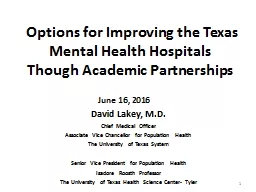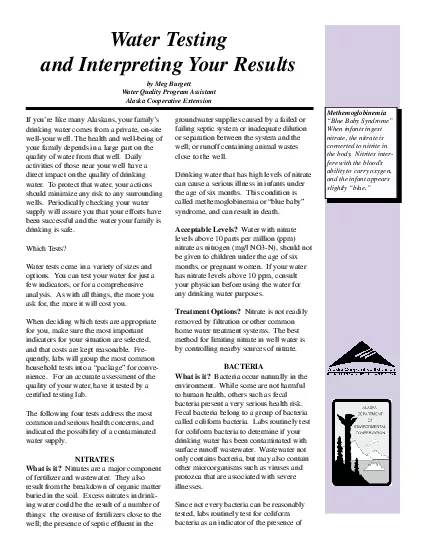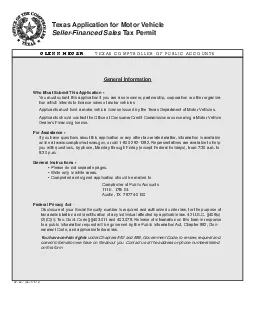PPT-Options for Improving the Texas
Author : sequest | Published Date : 2020-07-01
Mental Health Hospitals Though Academic Partnerships David Lakey MD Chief Medical Officer Associate Vice Chancellor for Population Health The University of Texas
Presentation Embed Code
Download Presentation
Download Presentation The PPT/PDF document "Options for Improving the Texas" is the property of its rightful owner. Permission is granted to download and print the materials on this website for personal, non-commercial use only, and to display it on your personal computer provided you do not modify the materials and that you retain all copyright notices contained in the materials. By downloading content from our website, you accept the terms of this agreement.
Options for Improving the Texas: Transcript
Download Rules Of Document
"Options for Improving the Texas"The content belongs to its owner. You may download and print it for personal use, without modification, and keep all copyright notices. By downloading, you agree to these terms.
Related Documents













![[PDF READ ONLINE] Welcome to Texas...Now What?: Tips for Texas Transplants](https://thumbs.docslides.com/1019130/pdf-read-online-welcome-to-texas-now-what-tips-for-texas-transplants.jpg)
![READ [PDF] Texas Penal Code, 2018 ed. (West\'s® Texas Statutes and Codes)](https://thumbs.docslides.com/1019651/read-pdf-texas-penal-code-2018-ed-west-s-texas-statutes-and-codes.jpg)